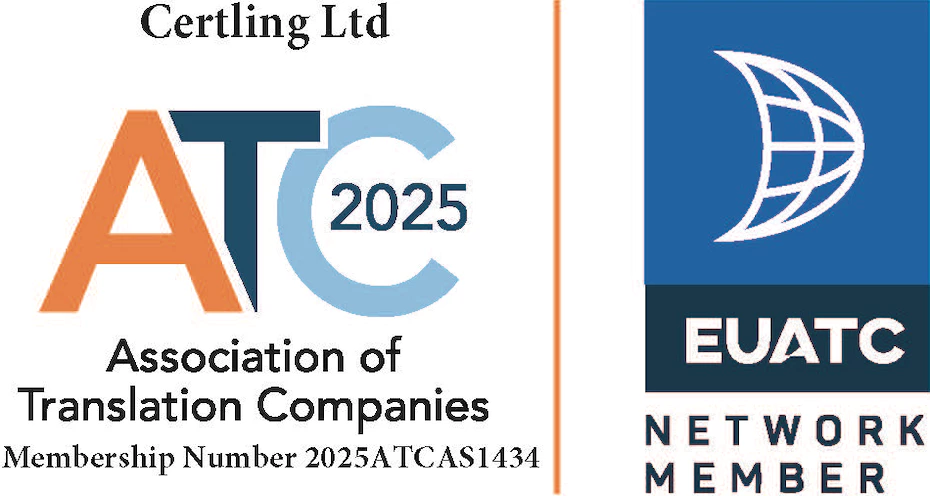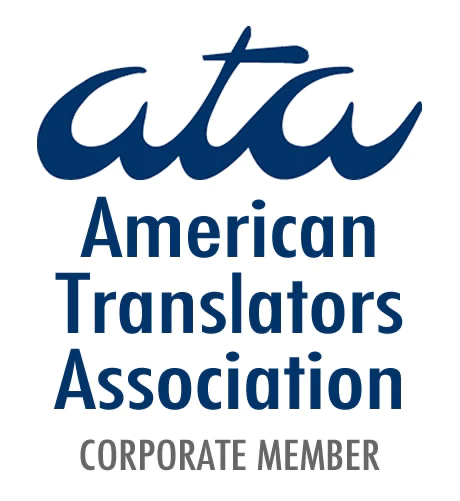The B-1/B-2 visitor visa is a non-immigrant visa that allows foreign nationals to temporarily travel to the United States for business (B-1), tourism (B-2), or a combination of both. It's one of the most common visas for short-term stays in the U.S. and is generally valid for up to 10 years. Approved visitors are typically allowed to stay for up to 180 days per entry.
To qualify for a B-1/B-2 visa, you must demonstrate to the consular officer that you:B-1/B-2 Visa Requirements
Permitted Activities
B-1 Visa (Business)
- Business consultations with partners, clients, or associates.
- Negotiating or signing contracts.
- Attending professional, educational, or scientific conferences and seminars.
- Conducting market research.
- Settling an estate.
- Taking professional exams or seeking licensing.
B-2 Visa (Tourism)
- Sightseeing and visiting tourist attractions.
- Visiting family and friends.
- Seeking medical treatment.
- Attending social events like weddings, concerts, or cultural performances.
- Participating in unpaid contests or amateur athletic/musical events.
- Taking short, recreational educational courses (less than 18 hours per week).
Engaging in any of the following activities while on a B-1/B-2 visa is a violation of your visa terms and may have serious consequences:Activities NOT Allowed
While the B-1/B-2 visa is intended for temporary visits, it may be possible to apply for a change of status to another visa category while in the U.S. This requires approval from U.S. Citizenship and Immigration Services (USCIS). Possible changes of status include:Changing Status from B-1/B-2
Important Considerations:
- You must apply for a change of status before your B-1/B-2 visa expires.
- Not all changes of status are permissible. For example, individuals who entered the U.S. under the Visa Waiver Program are generally not eligible to change status.
- Any violation of your B-1/B-2 visa conditions (e.g., unauthorized employment) can jeopardize your chances of obtaining a change of status.
All documents not in English must be accompanied by a certified translation that meets USCIS standards.Required Documents for Application
Applications for a B-1/B-2 visa must be submitted to the U.S. embassy or consulate in your country of residence.Application Process
B-1/B-2 visa processing times vary significantly depending on the U.S. embassy or consulate where you apply. Wait times can range from a few days to several months. Check the U.S. State Department’s Visa Wait Time Tool for estimated wait times at your local embassy or consulate.Processing Time
How Long Can You Stay?
Important: Do not overstay your authorized stay in the U.S. Overstaying can have serious consequences, including visa cancellation, deportation, and difficulty obtaining future visas.
If you stay longer than permitted, your visa will be automatically revoked or canceled under Section 222(g) of the Immigration and Nationality Act. If your visa is automatically revoked or canceled, it is no longer valid for entry or reentry into the United States.
Frequent Visits: Potential Issues
While multiple entries are allowed, frequent or prolonged stays can raise suspicion that you are attempting to live in the U.S. primarily. CBP officers may scrutinize your travel history and purpose of visit more closely.
To avoid problems, always:
- Be prepared to clearly explain the purpose of your visit.
- Carry evidence of your ties to your home country.
- Ensure your visits are genuinely temporary.
B-1 vs. B-2: Key Differences
The B-1/B-2 visitor visa offers a valuable opportunity for temporary travel to the U.S. for business or tourism. However, it's crucial to understand the rules and adhere to the terms of your visa. Providing false information or overstaying your visa can have severe repercussions for future travel to the U.S. If you require certified translations for your visa application documents, Certling offers fast and reliable translation services that comply with USCIS requirements. Get a quote today!Final Thoughts

